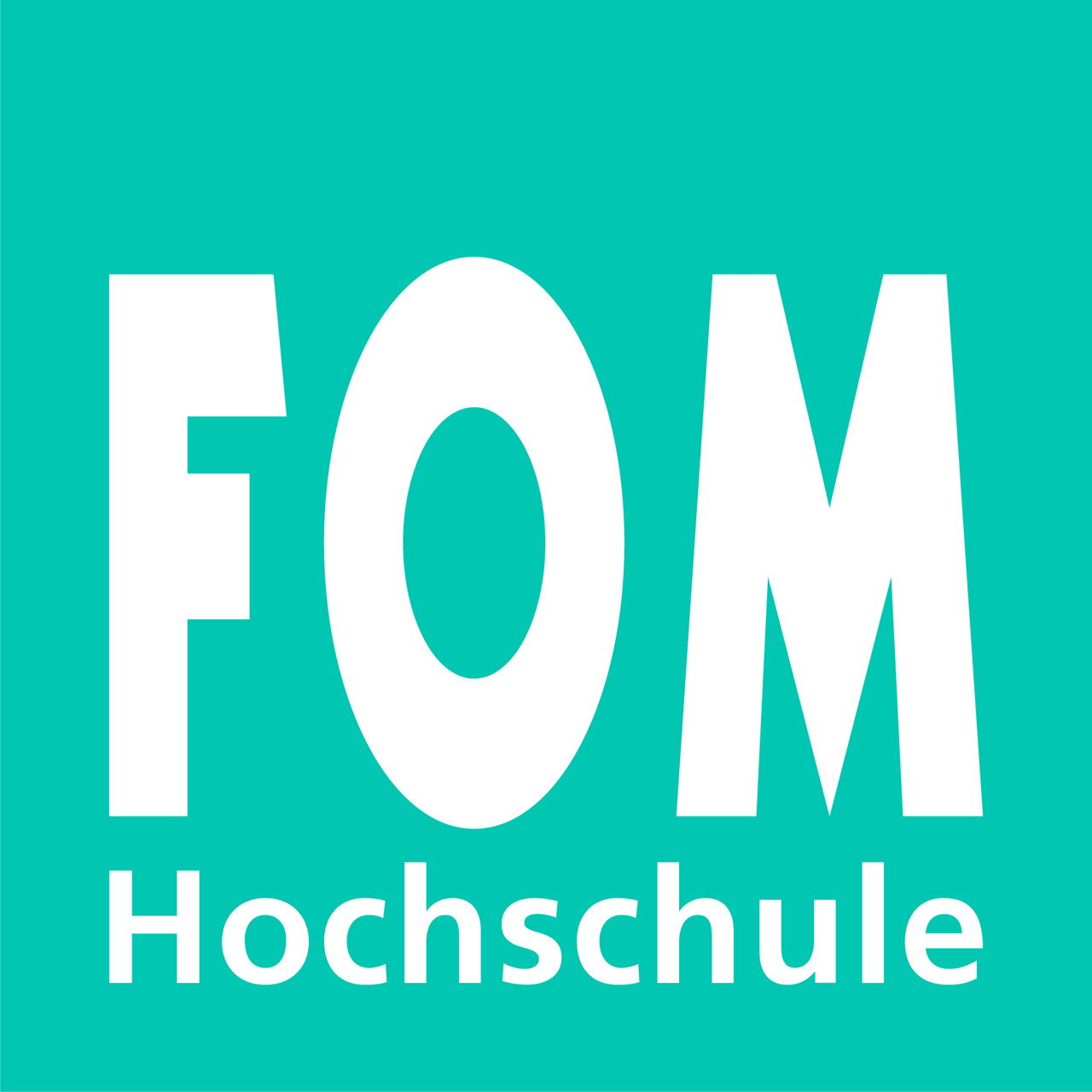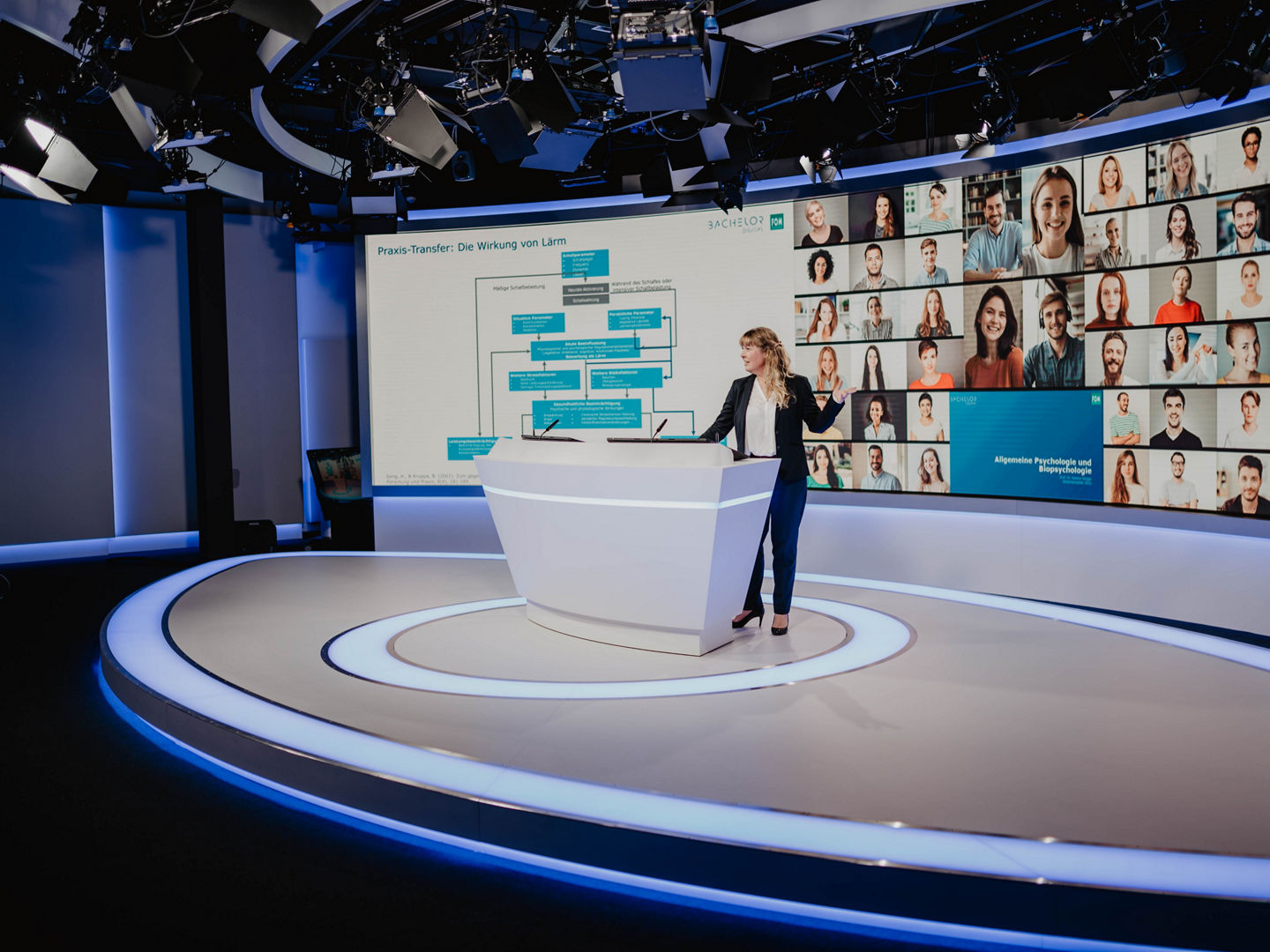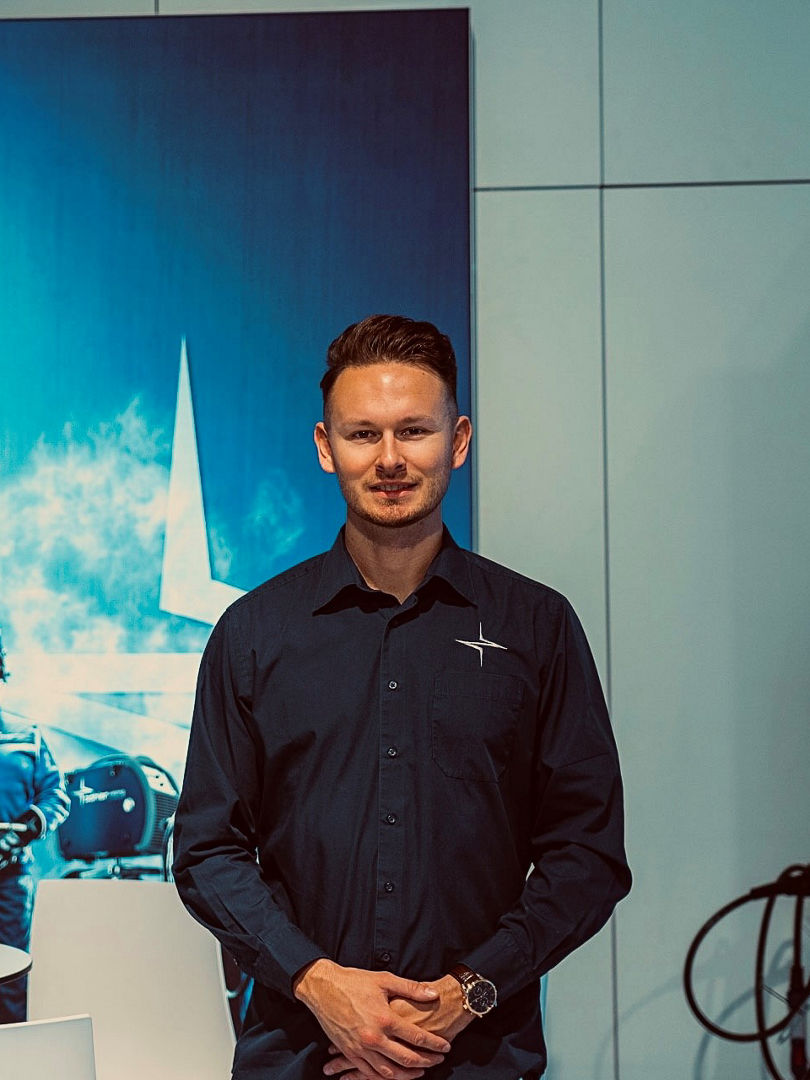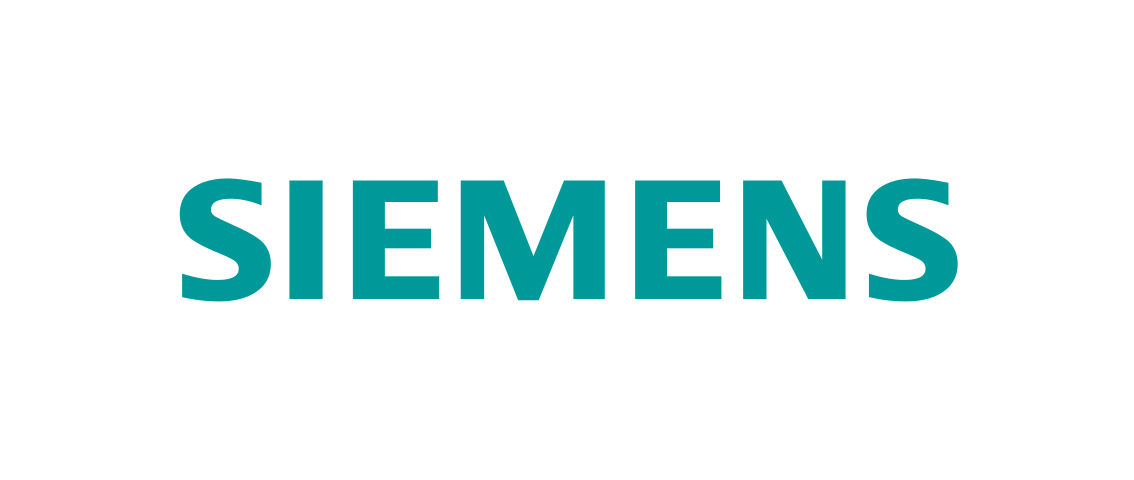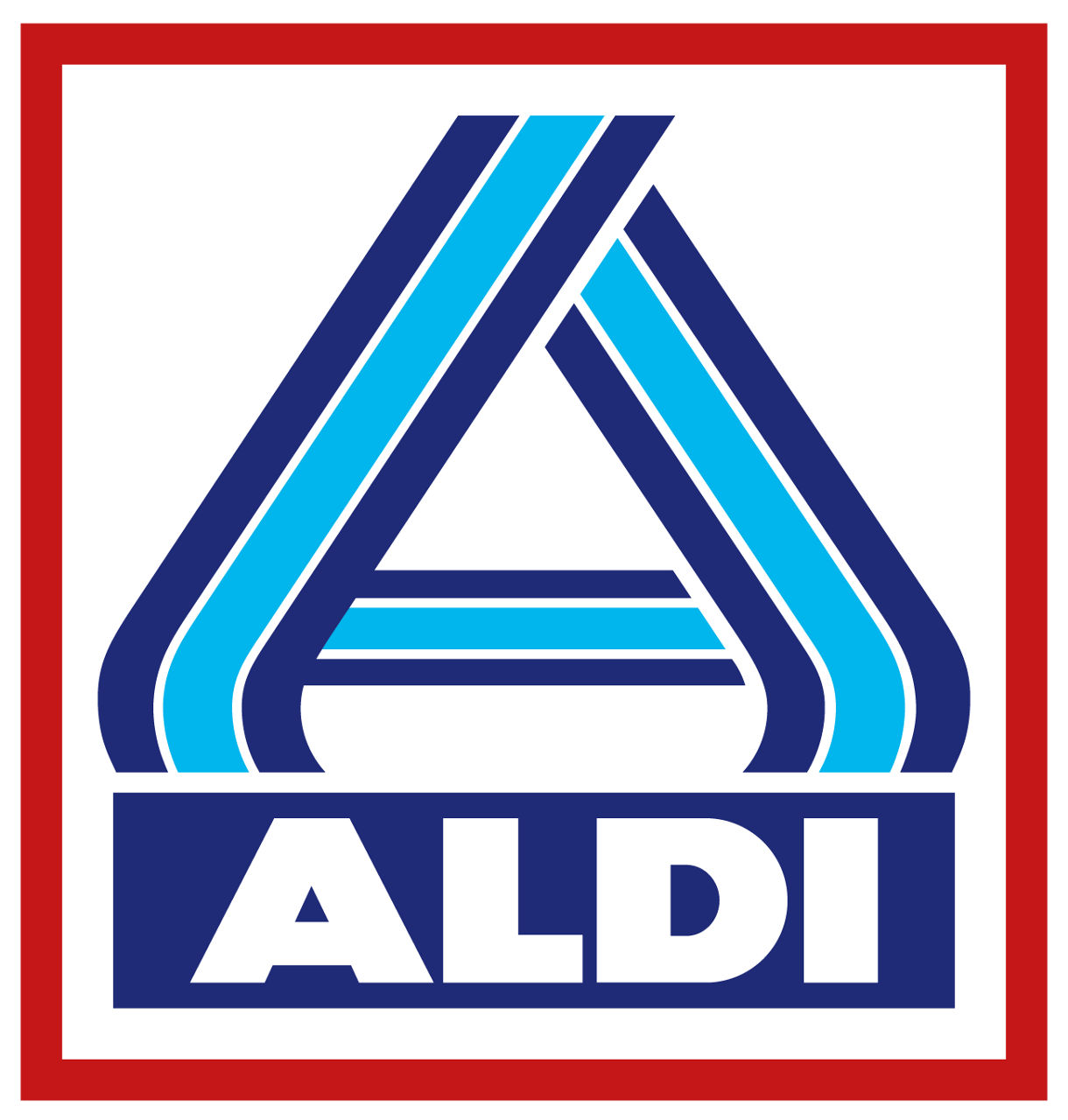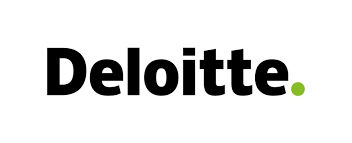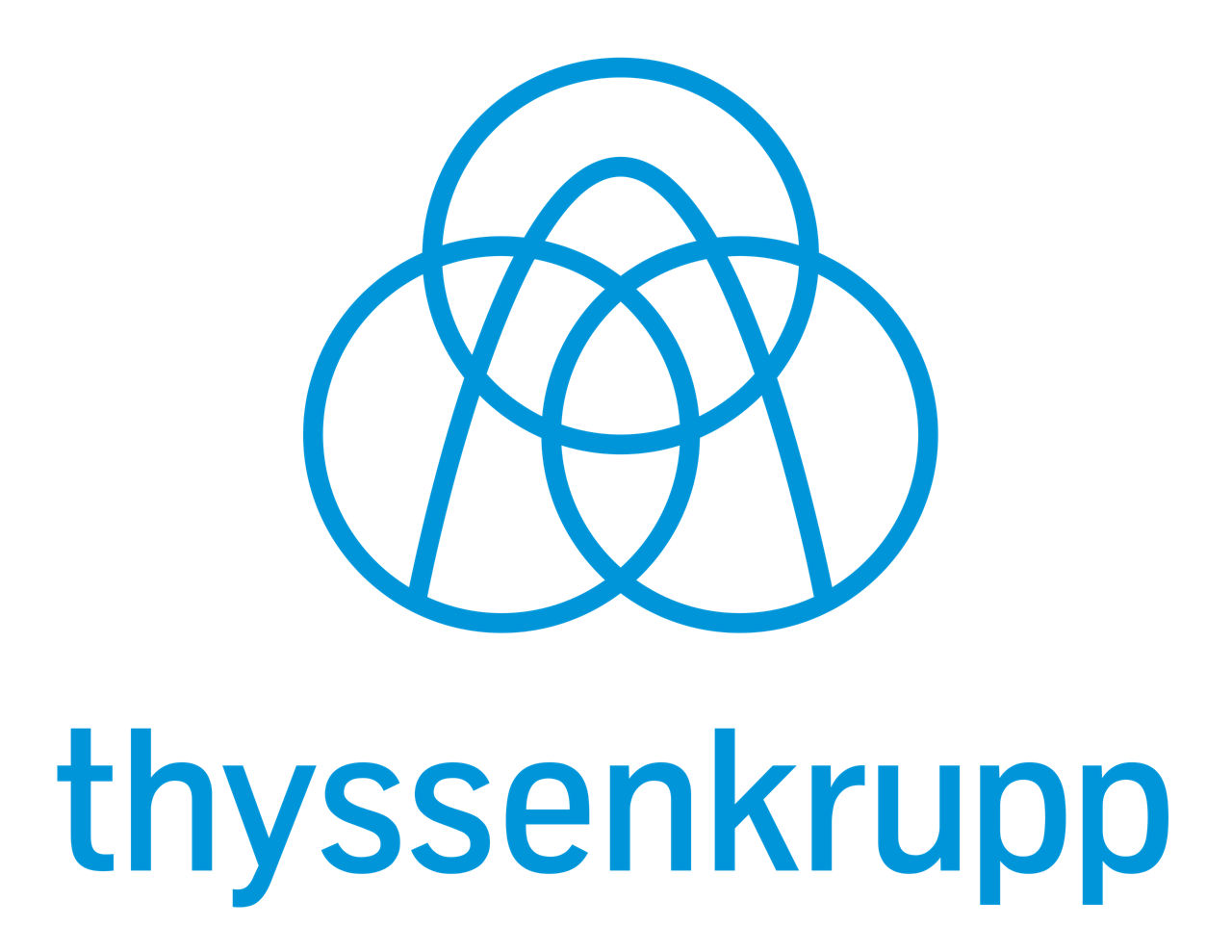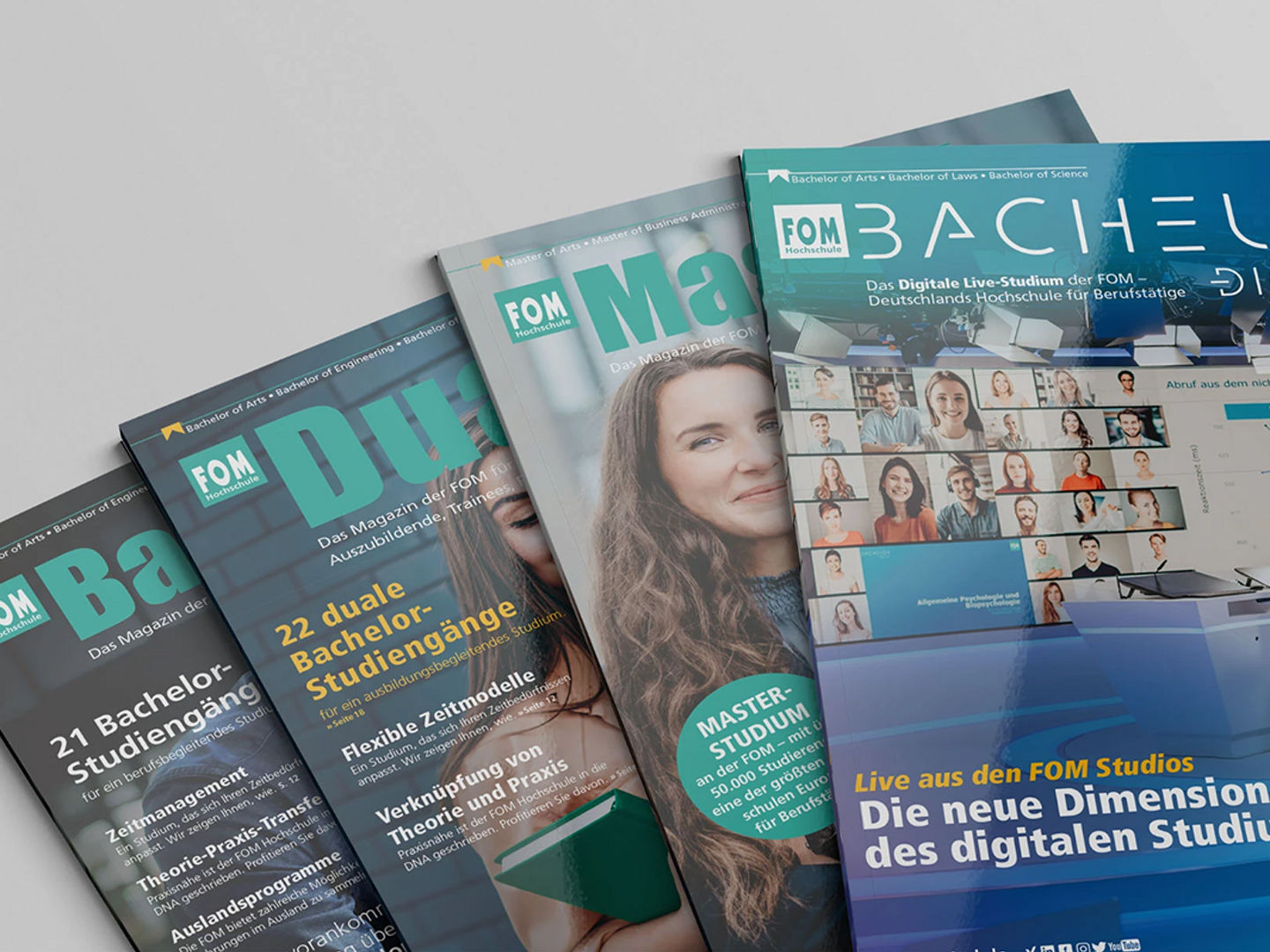Leider keine Ergebnisse für Ihre Suche
Oh oh, da hat wohl etwas unsere Such-Ergebnisse durcheinander gebracht. Bitte versuchen Sie einen alternativen Suchbegriff einzugeben!
FOM Hochschule
Eine Initiative der Stiftung für internationale Bildung und Wissenschaft
Drei gute Gründe für ein Studium an der FOM

Zeitmodelle im Studium
Flexibel und planbar
An der FOM können Sie ihr Studium flexibel an Ihre Bedürfnisse anpassen und Ihr individuelles Zeitmanagement gestalten. Wählen Sie das Zeitmodell, das zu Ihnen und Ihren Bedürfnissen passt.

Das Lehrkonzept der FOM
Fachlich und persönlich wachsen
Das FOM Lehrkonzept GROW bereitet Studierende gezielt auf die heutigen und zukünftige Berufsanforderungen vor. Es setzt auf praxisnahen Theorie-Praxis-Transfer, individuellen Kompetenzaufbau und die Vermittlung von Future Skills.
Mehr Infos
Die FOM Lehrenden
Immer an Ihrer Seite
An der FOM studieren Sie nicht allein. Individuelle Unterstützung während des Studiums erhalten Sie von über 2.800 Lehrenden. Sie kennen die Anforderungen aus Wirtschaft und Wissenschaft und begleiten Sie in Ihrem Studium – egal ob am Campus oder im Digitalen Live-Studium.
Mehr Infos
FOM – staatlich und international anerkannt
Höchste Qualität mit System
Die FOM wurde als erste private Hochschule Deutschlands von der FIBAA systemakkreditiert und ist vom Wissenschaftsrat staatlich anerkannt. Zur Sicherung der Qualität in Lehre, Forschung und Studienorganisation hat die FOM ein eigenes Qualitätsmanagementsystem entwickelt.
Mehr Infos

Partner der Wirtschaft
Über 10.000 Kooperationen
Die FOM Hochschule ist speziell auf die Leistungsanforderungen der Wirtschaft ausgerichtet. Mehr als 10.000 Unternehmen, Verbände und Kommunen fördern eigene Mitarbeitende und Auszubildende mit einem FOM Studium und stehen im Austausch mit der Hochschule, sowohl hinsichtlich einzelner Fachinhalte als auch bei der Entwicklung neuer Studiengänge.
Mehr Infos
